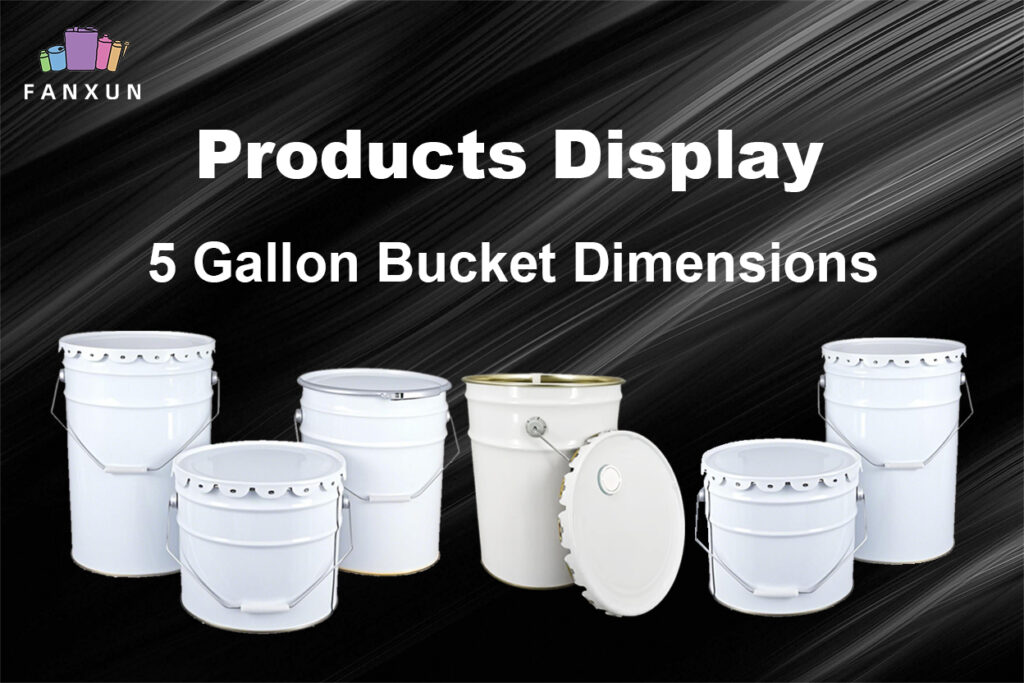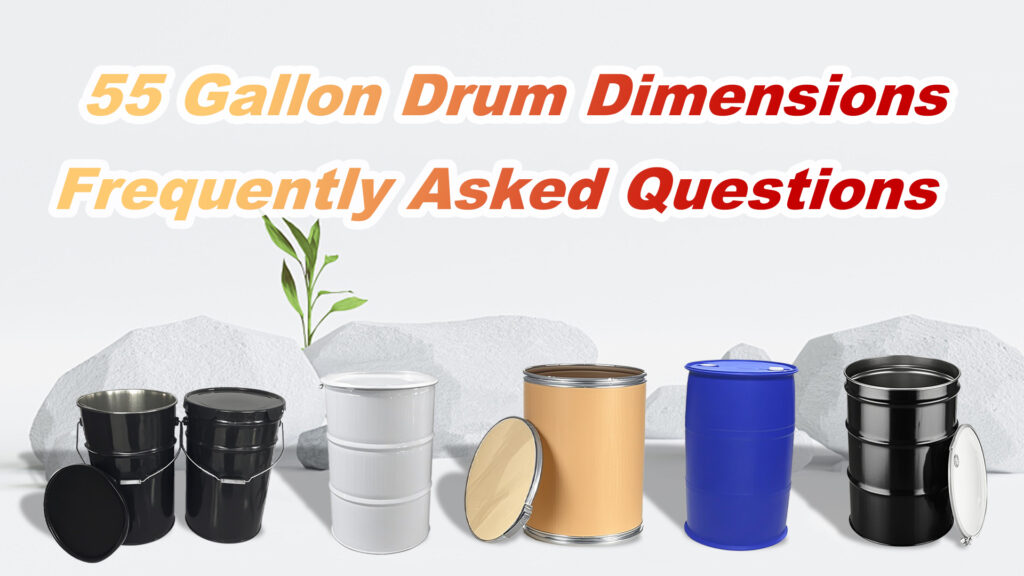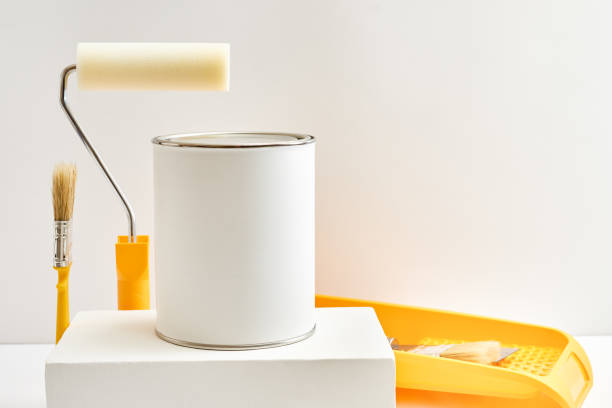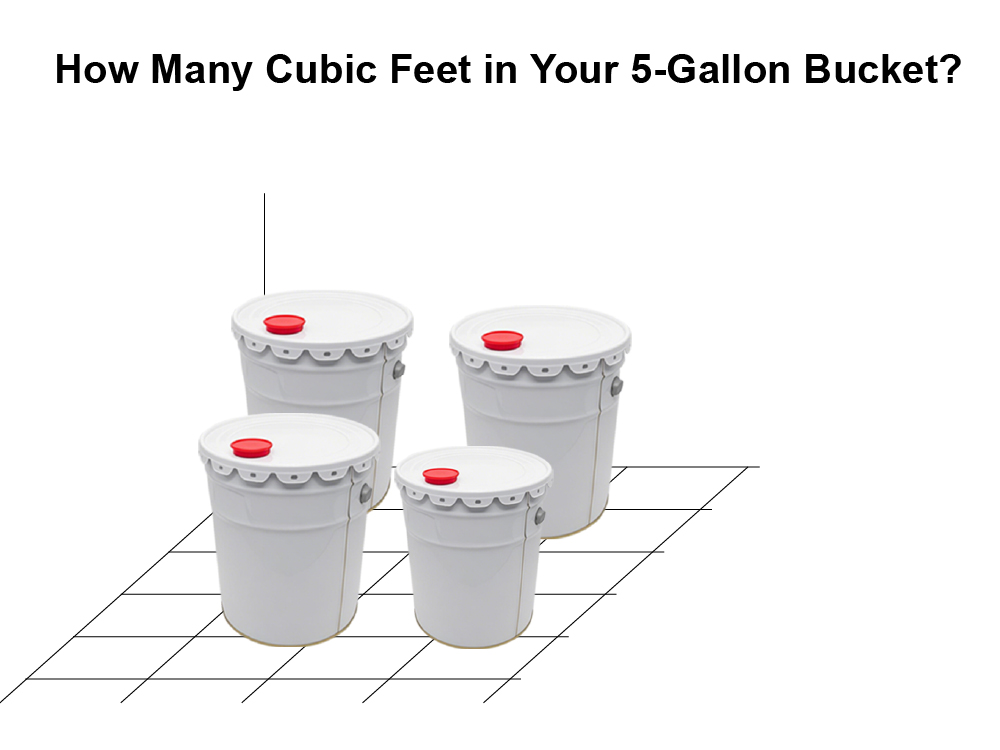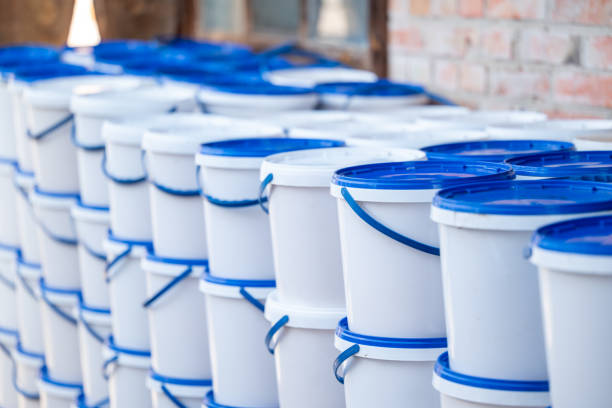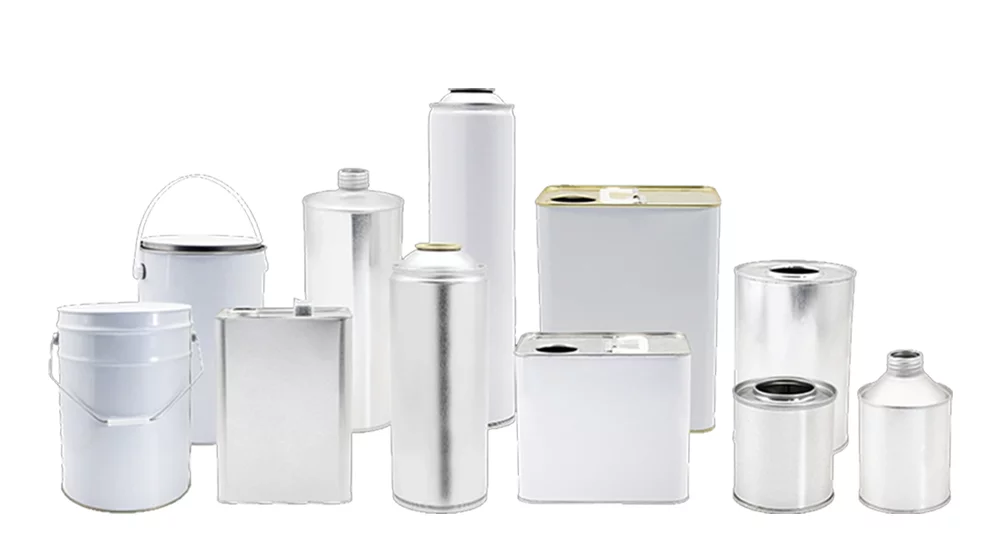Food packaging is an essential aspect of the food industry, ensuring the safety, freshness, and quality of products from production to the consumer. Among the many types of packaging materials available, tin can packaging has been a long-standing choice for a wide variety of foods.
Tin cans not only provide durability and protection but also help extend the shelf life of food items. In this article, we’ll explore the different types of tin cans used in food packaging, the metals commonly used in this packaging, and the most popular food packaging materials in the industry.
Different Types of Tin Cans

Standard Food Tin Cans
- Canned food tins
They are the most commonly recognized form of tin can packaging. They are widely used for preserving various foods such as vegetables, meats, soups, and fish. Using tinplate in these cans ensures that the food inside remains fresh for extended periods while maintaining its nutritional value and flavor.
- Benefits
The airtight seal of tin can packaging prevents the entry of air, moisture, and light, all of which can cause food to spoil. The durability of tin cans also helps prevent physical damage during transportation.
Easy-Open Tin Cans
Conveniently designed for modern consumers, easy-open cans are popular for packaging ready-to-eat meals, canned beans, soups, and other convenience foods. These cans feature a tab that allows consumers to open the can without needing a separate can opener.
- Usage
Ideal for quick meals or products where convenience is key. The easy-open mechanism makes it a perfect choice for on-the-go meals and foods that need to be opened frequently.
Beverage Cans
While not typically used for solid foods, tin can packaging also extends to beverage cans, including soft drinks, juices, and energy drinks. Beverage cans are often made from a combination of tinplate or aluminum.
- Benefits
These cans are designed to be lightweight yet durable. The material keeps the beverage fresh by protecting it from light and air, and it also helps preserve the flavor of the drink for longer.
Vacuum-Sealed Tin Cans
Vacuum-sealing is a process used for packaging foods that need to be preserved for longer durations.
Canned food tins that are vacuum-sealed, such as those used for coffee, nuts, or high-end canned meats, are designed to maintain freshness by removing air from inside the can.
- Benefits
The vacuum process prevents oxidation, which is crucial for maintaining the taste, texture, and nutritional content of the food. These cans often come with a high-quality, airtight seal that prevents contamination.
Paint or Aerosol Tin Cans
Although not typically used for food, aerosol cans made from tin are sometimes used for specialized food products such as cooking oils or spray-based products (e.g., olive oil spray). These cans are specially designed with a nozzle that allows for controlled spraying.
- Usage
Primarily for oils, cooking sprays, and other specialized food products that require a fine mist or spray.
Types of Metal Used in Food Packaging
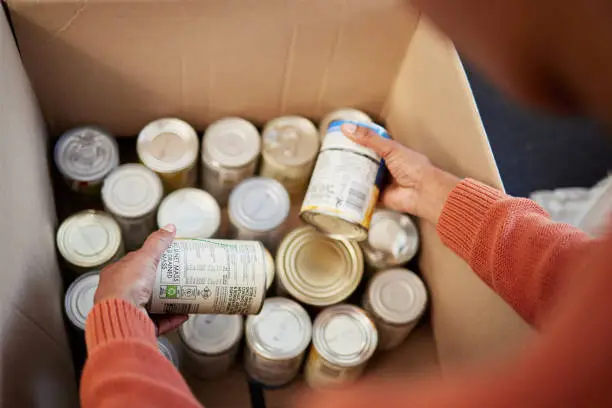
Tinplate
- Definition
A tinplate is a steel sheet coated with a thin layer of tin, commonly used in tin can packaging. The process of applying tin to steel makes the material corrosion-resistant and ideal for food packaging.
- Benefits
Tinplate offers excellent protection against external elements such as light, air, and moisture, making it perfect for preserving the quality and freshness of food inside canned food tins.
- Usage
It’s the most widely used metal for food cans, from vegetables and soups to meats and seafood. Its durability and ability to preserve food for long periods are major reasons why it’s favored.
Aluminum
- Definition
Aluminum is another popular material used in food packaging, particularly for beverages and lightweight products.
- Benefits
The aluminum cans are lightweight, resistant to corrosion, and highly recyclable. Though it’s less durable than tinplate, aluminum cans are still effective at preserving the freshness of food and beverages.
- Usage
Aluminum is commonly used for beverage cans but can also be found in some food packaging such as ready-to-eat meals or freeze-dried products.
Stainless Steel
Stainless steel is a strong and highly durable metal that’s resistant to rust and corrosion.
- Benefits
Although not as common as tinplate or aluminum for food packaging, stainless steel is sometimes used in applications where strength and durability are paramount. Its ability to withstand extreme conditions makes it suitable for high-end or industrial applications.
- Usage
Stainless steel is typically used for specialized food packaging that requires more robust containers, such as premium-quality food products or bulk food packaging.
What Are the Most Commonly Used Food Packaging Materials?
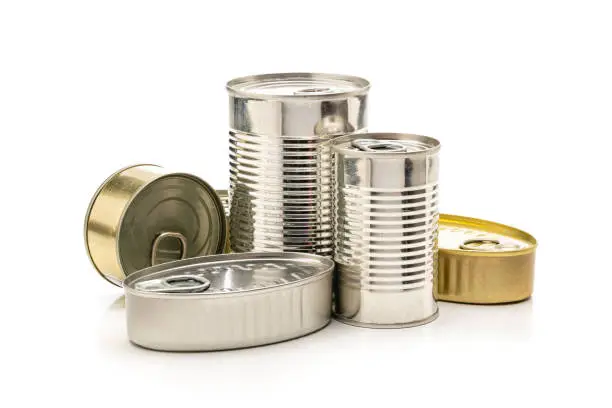
Plastic
- Usage
Plastic containers are commonly used for sauces, snacks, ready meals, and frozen foods.
- Benefits
The plastic is flexible, cost-effective, and available in a variety of shapes and sizes. However, it’s not as durable as metal and may not preserve food as effectively in the long term.
Glass
- Usage
Glass jars and containers are commonly used for premium products like jams, sauces, preserves, and pickled goods.
- Benefits
The glass offers a high level of food protection and is chemically inert, which means it doesn’t leach harmful chemicals into food. However, it’s heavier and more prone to breakage than metal options.
Paperboard and Cardboard
- Usage
These materials are commonly used for dry foods such as cereals, crackers, and snack products.
- Benefits
Paperboard is lightweight, eco-friendly, and recyclable. It’s also a more affordable option compared to other packaging materials.
About FANXUN
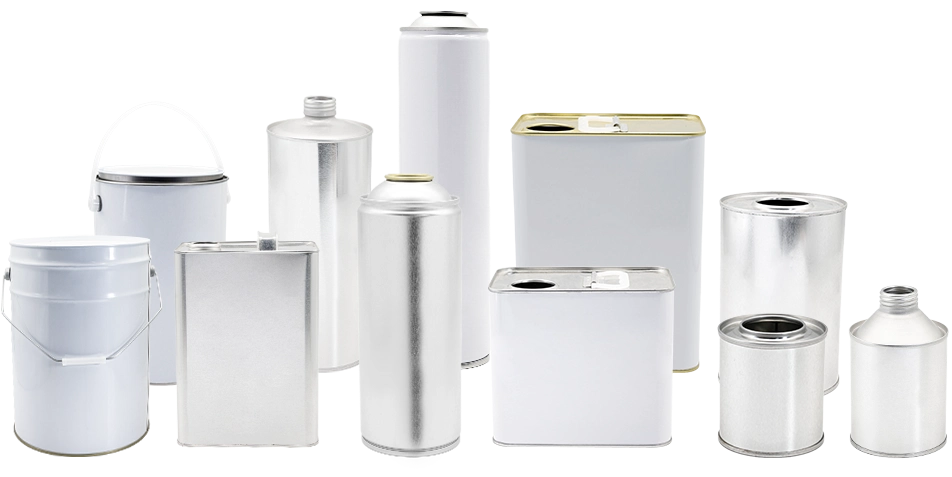
With 30+ years of experience and 20 production lines, FANXUN redefines industrial packaging with precision-engineered tin cans and a comprehensive one-stop packaging solution. Whether a large order or a small batch order, we seamlessly integrate supply chain relationships to fulfill all your demands.
What we can offer to you
- Brand Differentiation
Stand out with tin cans that reflect your unique brand identity, ensuring instant recognition and differentiation from your tin can competitors.
- Tailored Functionality
Choose sizes, shapes, and features that suit your product requirements, ensuring optimal functionality and user experience. We can customize and produce samples for you in a short time.
- Captivating Packaging Designs
Collaborate with our expert design team to create visually stunning packaging, leaving a lasting impression on your consumers.
- Flexible Order Quantities
Enjoy the flexibility of ordering the quantity that suits your business needs, reducing excess inventory, and minimizing waste.
- Face-to-face After-Sales Support
Experience peace of mind with our face-to-face after-sales support, ensuring any issues are resolved promptly and effectively.
Conclusion
Tin can packaging continues to be one of the most effective and reliable forms of food preservation. Whether it’s canned food tins for vegetables, meats, or specialty items, the durability and ability to preserve food make tinplate a preferred choice.
The food packaging industry continues to evolve, with advancements in materials like aluminum and plastics offering more options for various food types. However, the role of tin can packaging remains indispensable in ensuring that food stays safe, fresh, and ready for consumers.















